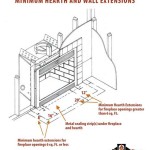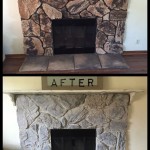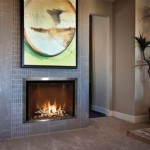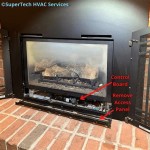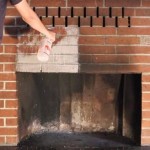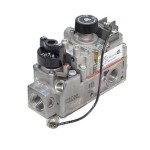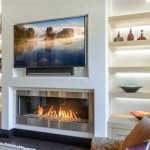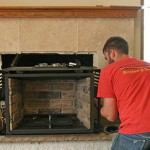Anatomy of a Fireplace Insert: A Detailed Breakdown
Fireplace inserts are practical and efficient heating solutions that transform traditional fireplaces into powerful heat sources. Understanding the components of a fireplace insert is crucial for choosing the right model, ensuring proper installation, and maximizing performance. This article will delve into the anatomy of a fireplace insert, exploring the primary components and their functions.
1. Firebox and Combustion Chamber
The firebox is the heart of the fireplace insert, housing the burning fuel and facilitating the combustion process. It's typically made of heavy-duty steel or cast iron, designed to withstand high temperatures and prevent heat loss. The firebox features a combustion chamber, where the fire burns efficiently, maximizing heat output and minimizing smoke production. The combustion chamber is often lined with refractory material, such as vermiculite or firebrick, which further enhances heat retention and durability.
The firebox design plays a significant role in the insert's performance. Features like air intake vents, secondary air inlets, and baffles contribute to efficient combustion and optimize burn time. The air intake vents draw fresh air into the firebox, supporting the burning process. Secondary air inlets direct air to the top of the fire, ensuring complete combustion and reducing smoke emissions. Baffles are strategically placed within the firebox to direct the hot gases and maximize heat transfer to the surrounding area.
2. Heat Exchanger and Blower
Fireplace inserts utilize a heat exchanger to effectively transfer heat from the burning fire to the surrounding environment. The heat exchanger is typically made of steel or cast iron and is positioned around the combustion chamber. As hot gases rise from the fire, they circulate through the heat exchanger, transferring their heat to the metal and the surrounding air. This process delivers warm air into the room, providing efficient heating.
Many fireplace inserts also incorporate a blower system to enhance heat distribution. The blower draws in cool air and forces it over the heated heat exchanger, distributing warm air throughout the room. The blower speed can be adjusted to control the airflow and heating intensity. Some models feature multiple blower speeds or even a thermostat, allowing for precise temperature control.
3. Door and Glass
The door and viewing glass are essential features of a fireplace insert, offering safety, convenience, and visual appeal. The door seals tightly to the firebox, preventing smoke and fumes from escaping into the room. This airtight seal also contributes to efficient combustion and helps maintain optimal burning temperatures. The glass panel allows for a clear view of the flames, enhancing the ambiance and enjoyment of the fireplace.
The door and glass are designed to withstand high temperatures and provide a safe viewing experience. The glass is typically tempered and coated with a heat-resistant material, ensuring durability and preventing cracking. The door may feature a handle that remains cool to the touch, preventing burns. Some models may also include an air wash system, which directs a stream of air over the glass, preventing excessive soot buildup and maintaining a clear view.
4. Control Panel and Other Features
Most fireplace inserts incorporate a control panel for managing the fire and optimizing its performance. The control panel typically includes a switch for turning the blower on or off, a damper control for regulating airflow, and a pilot light or electronic ignition for starting the fire. Some models may also feature a thermostat, remote control, and even a timer for automatic operation.
Modern fireplace inserts often incorporate advanced features to enhance convenience and efficiency. These features may include self-cleaning systems, variable burn rates, and safety mechanisms like overheat sensors and carbon monoxide detectors. The specific features available will vary depending on the brand and model of the insert.
Understanding the various components of a fireplace insert is crucial for making informed decisions regarding installation, operation, and maintenance. By familiarizing yourself with these key features, you can maximize the effectiveness and longevity of your fireplace insert while enjoying the warmth and ambiance it provides.

Parts Of A Fireplace Chimney Explained With Diagrams And Real S

Fireplace Problems

Superior Louvered Wood Burning Fireplace Mhwb36cb The Cozy Cabin Lennox Hearth Parts

Osburn 1600 Insert Parts Diagram Ob01601

How To Transform Your Fireplace Homesquarepro Home Design

Direct Vent Gas Fireplace Insert Dri3030ten The Cozy Cabin Lennox Hearth Parts

Parts Of A Fireplace Chimney Explained With Diagrams And Real S

Fireplace Installation Full Service Chimney Serving Kansas City Area

Monessen Ildv40 Direct Vent Gas Fireplace Insert Oem Replacement Parts From Ereplacementparts Com

The Complete Anatomy Of A Chimney Chimcare
Related Posts

